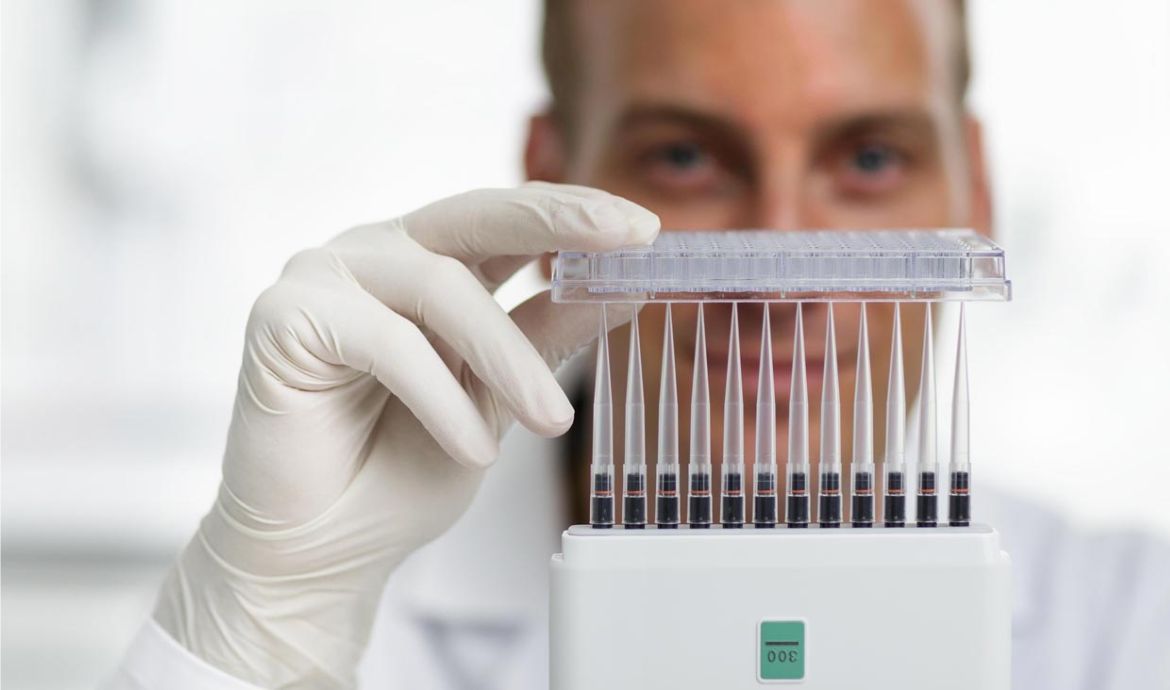- Your cart is empty
- Continue Shopping
Micropipette Maintenance Guide: Extend Your Lab Equipment’s Life
- Pipette
- Posted on
-
by perf__products

Micropipettes are an essential tool in any laboratory, and maintaining them properly can ensure their accuracy, reliability, and longevity. Regular maintenance not only helps achieve consistent results but also minimizes the risk of contamination and costly replacements. This guide walks through the best practices for micropipette maintenance to keep your lab equipment in top shape and extend its lifespan.
1. Why Micropipette Maintenance Matters
Proper maintenance of micropipettes is critical for a few reasons:
- Accuracy and Precision: Regular upkeep ensures that micropipettes deliver the correct volume, which is vital for accurate results.
- Cost-Effectiveness: Maintaining micropipettes prevents early wear and tear, reducing the need for replacements.
- Contamination Prevention: Regular cleaning minimizes cross-contamination, which is crucial in sensitive experiments.
Investing time in routine maintenance can ultimately save costs, maintain data integrity, and prolong the life of micropipettes.
2. Daily Cleaning Practices
Daily cleaning is essential for preventing residue buildup and contamination:
- Exterior Cleaning: Wipe down the micropipettes body with a soft cloth or lint-free tissue, using a mild detergent or 70% isopropyl alcohol.
- Tip Cone Cleaning: Remove the tip cone and clean it to prevent liquid buildup, especially after working with sticky or corrosive liquids.
- Decontamination: For biohazardous or toxic materials, decontaminate micropipettes with an appropriate disinfectant after each use to prevent accidental exposure.
Tip: Always follow manufacturer recommendations for cleaning products to avoid damaging micropipettes parts.
3. Regular Calibration Checks
Calibration is critical for maintaining micropipette accuracy. Regular checks should be performed based on usage frequency:
- Calibration Frequency: For high-usage labs, calibrate every 3-6 months. For low-usage environments, every 6-12 months is often sufficient.
- Calibration Methods: Many labs use gravimetric calibration, where the dispensed volume is measured by weight. Check calibration against a standard and adjust if needed.
- Third-Party Calibration: If your lab lacks the equipment or expertise, consider using a certified calibration service for professional checks and adjustments.
Tip: Keep records of all calibration checks to monitor performance over time and ensure micropipettes meet quality control standards.
4. Proper Micropipettes Storage
Storing micropipettes correctly can prevent mechanical damage and contamination:
- Vertical Storage: Always store micropipettes in an upright position on a dedicated stand to prevent liquid from entering the pipette body, which can damage internal components.
- Temperature-Controlled Environment: Avoid extreme temperatures and humidity, as these can cause expansion or contraction of parts and affect micropipette accuracy.
- Avoid Contaminants: Keep micropipettes away from chemicals, dust, and other contaminants, which could impact both the exterior and interior mechanisms.
5. Inspecting and Replacing Parts
Regular inspections can catch early signs of wear and allow you to replace parts as needed:
- O-Rings and Seals: Inspect O-rings and seals regularly for wear or cracks, which can cause leaks and reduce accuracy.
- Spring and Piston: Check that the spring and piston are functioning smoothly. If the plunger action feels stiff or uneven, it may need cleaning or replacement.
- Tip Cone: Over time, the tip cone may become loose or worn, especially with frequent tip changes. Replace it if it no longer forms a tight seal with the tips.
Tip: Keep a maintenance kit handy with replacement parts and tools to address wear and tear as needed.
6. Deep Cleaning Procedures
Deep cleaning should be performed periodically, especially when working with viscous or sticky substances:
- Disassemble the Micropipettes: Follow the manufacturer’s guide to disassemble the micropipettes, focusing on parts exposed to liquids.
- Cleaning Solution: Use distilled water, a mild detergent, or 70% isopropyl alcohol for cleaning. Avoid strong solvents that may corrode the parts.
- Drying: Allow all parts to dry completely before reassembly. Moisture can affect performance and lead to bacterial growth.
Tip: When disassembling, keep track of all parts and reassemble exactly according to the manufacturer’s instructions to avoid misalignment.
7. Avoid Common Micropipettes Maintenance Mistakes
Understanding what to avoid can help prolong micropipettes life:
- Over-Immersion: Avoid immersing the tip too deeply in liquid, as this can cause liquid to seep into the micropipette body.
- Forcing Tips: Using too much force when attaching tips can damage the tip cone and affect sealing.
- Skipping Calibration: Regular calibration is essential for reliable results. Skipping this step can lead to inaccuracy and unreliable data.
8. Maintaining Electronic Micropipettes
Electronic micropipettes require additional care, given their sensitive electronic components:
- Battery Maintenance: Charge batteries fully and avoid leaving them uncharged for long periods, which can reduce battery life.
- Software Updates: Keep firmware and software up-to-date for optimal functionality.
- Service Inspections: Send electronic micropipettes for professional servicing as per the manufacturer’s recommendations, especially if they’re showing signs of malfunction.
9. Establishing a Maintenance Schedule
Creating a maintenance schedule ensures consistency and accountability:
- Daily Tasks: Wipe down and inspect micropipettes, change tips, and decontaminate if necessary.
- Weekly Tasks: Inspect seals, O-rings, and the tip cone for wear, and clean the exterior.
- Monthly or Quarterly Tasks: Perform deep cleaning, replace worn parts, and check calibration.
Tip: Assign responsibilities to specific lab members to ensure maintenance tasks are consistently performed and documented.
10. Final Thoughts
Micropipette maintenance is vital to achieving accurate and consistent results in any laboratory. From daily cleaning to regular calibration and deep cleaning, these practices help maintain micropipette performance and extend its life. By establishing and following a thorough maintenance schedule, lab professionals can enjoy reliable micropipette performance, save on replacement costs, and protect the integrity of their research data.


